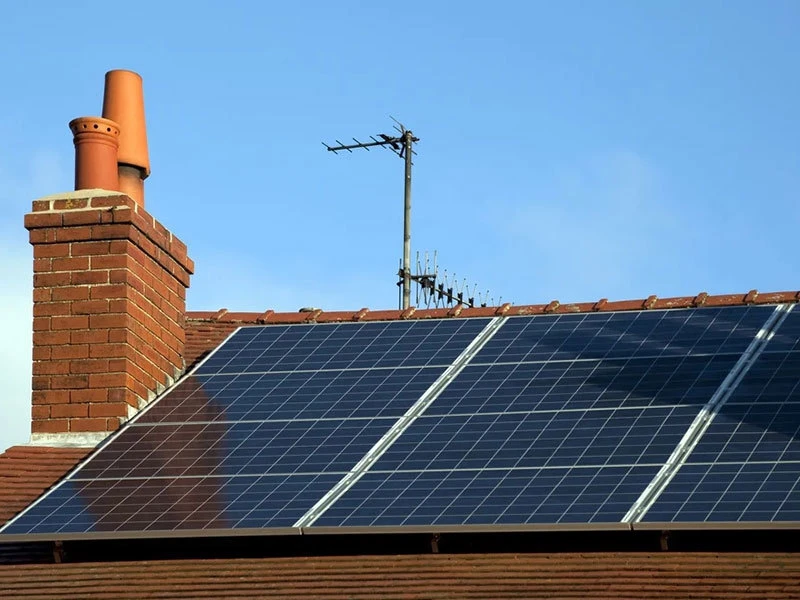calculate the solar panel size in watt
Calculating the Solar Panel Size in Watts A Comprehensive Guide
As the world moves towards sustainable energy solutions, solar power has emerged as a leading alternative to fossil fuels. For homeowners and businesses considering solar energy, understanding how to calculate the size of solar panels required to meet their energy needs is essential. This article will guide you through the steps to determine the appropriate wattage of solar panels necessary for your energy consumption.
1. Understanding Energy Consumption
The first step in calculating the size of solar panels needed is to assess your energy consumption. This information can typically be found on your electricity bill, which details your monthly energy usage in kilowatt-hours (kWh). To ensure an accurate calculation, monitor your utility bill over a year to capture any seasonal variations in energy use.
For instance, if you consume 900 kWh monthly, your average daily consumption is 30 kWh (900 kWh divided by 30 days).
2. Determine Solar Panel Output
Next, it’s important to understand the output of the solar panels you are considering. Standard residential solar panels typically produce between 250 to 400 watts each, depending on their efficiency and technology. For our calculation, let’s use a 300-watt panel as a reference point.
Solar panel output is heavily influenced by factors such as sunlight exposure, geographic location, and the tilt and orientation of the panels. On average, you can expect solar panels to generate about 4-5 hours of peak sunlight per day, depending on where you live.
3. Calculate Daily Output per Panel
To find out how much energy a single 300-watt solar panel can generate in a day, use the following calculation
- Daily Output = Panel Wattage × Peak Sunlight Hours
Assuming 4
.5 peak sunlight hours, the calculation would be- Daily Output = 300 watts × 4.5 hours = 1,350 watt-hours, or 1.35 kWh.
calculate the solar panel size in watt

4. Calculate Total Number of Panels Needed
Now, to determine the number of solar panels required to meet your daily energy consumption, divide your daily energy needs by the output of one panel
- Number of Panels = Daily Energy Consumption / Daily Output per Panel
Using our previous example
- Number of Panels = 30 kWh / 1.35 kWh = approximately 22.2 panels.
Since you cannot install a fraction of a panel, you would round up to 23 panels.
5. Take Additional Factors into Account
While the above calculations provide a good estimate, several factors can affect the actual number of solar panels you might need
- System Losses Solar energy systems often experience inefficiencies due to wiring losses, inverter losses, and shading. It’s advisable to factor in a 15% reduction in output when calculating your needs.
- Future Energy Needs If you anticipate an increase in energy consumption, such as adding electric vehicles or other appliances, consider planning for future growth in your calculations.
- Local Regulations and Grid Connection If you are planning to connect your system to the grid or want to implement battery storage for off-grid systems, ensure to check local regulations that might affect your installation choices.
Conclusion
Calculating the size of solar panels needed to meet your energy requirements involves understanding your energy consumption and the output of the solar panels you plan to use. By assessing these factors and accounting for system losses and potential future needs, you can effectively determine how many solar panels will provide you with clean, renewable energy. As you embark on your solar journey, remember that consulting with a solar energy professional can provide tailored advice and ensure the best results for your solar investment.
-
Navigating Off Grid Solar Inverter: From Use Cases to Trusted PartnersNewsAug.05,2025
-
Solar Edge String Inverter: A Wholesaler’s Guide to Inverter Technology SelectionNewsAug.05,2025
-
Microinverters: Revolutionizing Solar Energy UseNewsAug.05,2025
-
Future of Monocrystalline Solar Panel Efficiency: Latest Technological AdvancesNewsAug.05,2025
-
Solar Panels for House: A Complete Guide to Residential Solar EnergyNewsAug.05,2025
-
Panel Bifacial Performance in Snow and Low-Light ConditionsNewsAug.05,2025







